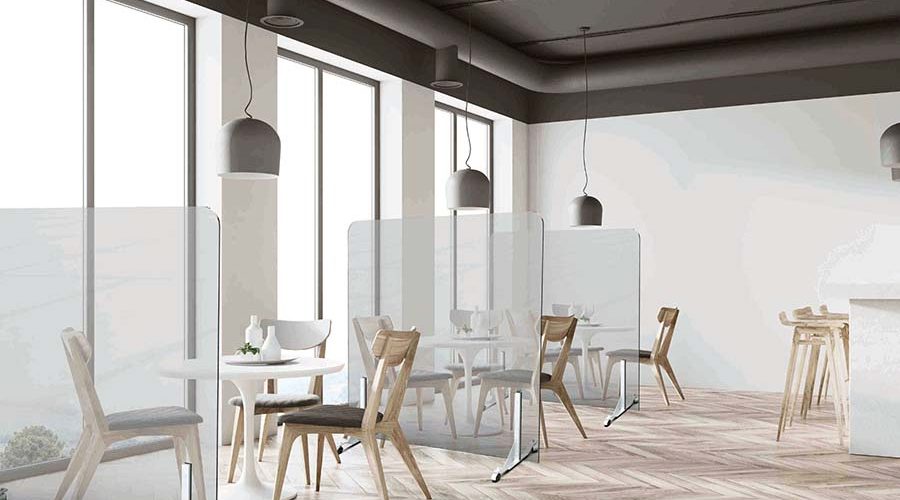There are many aspects of social distancing during the pandemic that are likely to become obsolete eventually, but glass partitions in public-facing environments may well remain, as CRL Europe’s Managing Director, Simon Boocock, explains for PSBJ.
CRL Europe
Public sector buildings, including healthcare, leisure and education environments, look a little different in 2021 as we emerge from lockdown to how they were just over a year ago when the pandemic first reached UK shores.
Although partitioning systems in reception areas aren’t completely new, before now they have been specified more to offer employees a level of safety against intruders, rather than to guard against a potentially deadly virus. Now, with society used to social distancing measures, these protective screens have become quite a common sight in public settings.
Being able to interact with customers remains important, of course, therefore it’s essential to intergrate solutions that don’t compromise on the ability to communicate. Maintaining the natural flow of the space also remains important.
Compromising on the interior design or layout of the building’s interior is never on the agenda and being able to adjust the screening easily as requirements change is also a priority. Glass or clear plastic partitioning means that is not impaired, but the spread of germs can be halted.
For many building managers, this change had to be made fairly rapidly. In order to comply with Government COVID-safe regulations for re-opening, such safety measures had to be implemented on an incredibly short turnaround, meaning that completely changing the layout of a room or making any structural alterations was not possible. Instead, what was needed was a flexible, perhaps temporary solution that could be installed quickly and changed as necessary.
Solutions include floor-supported moveable screens – a particularly popular and useful option in public-facing spaces such as healthcare centres, thanks to their manoeuvrability which means they can easily be repositioned wherever they are needed before being made secure with a safety brake on the wheels. For desktop settings, there is portable partition screening, offering similar flexibility and making a desk or countertop barrier with no need for screwing into furniture. Both options enable additional screens to be added to increase the width of the barrier and all such solutions removed the headache of installation.
Once in place, such partitioning systems offer a practical and effective barrier against coughing, sneezing and the general spread of germs. This is, of course, supremely important during a global pandemic, but there is much to be said for the existence of such systems in a post-pandemic world too. Research is ongoing into the effect of distancing measures such as mask wearing in public places and increased handwashing in the reduction in the spread of all germs, not just coronavirus, with statistics already suggesting that the ‘normal’ cold and flu season in COVID-hit countries has been reduced as a result.
The same argument can then be made for glass partitioning systems in public sector buildings. A glass or clear plastic screening system that acts as a protective barrier against the spread of germs, while not in any way negatively impacting the aesthetics or acoustics of the environments surely has longevity.









